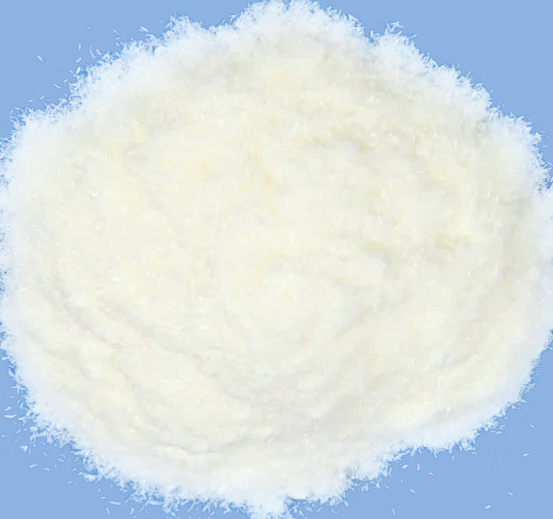Product丨Ultraviolet absorber UV-531 is used in agricultural film products
Release Time:
2021-09-15
UV absorber UV-531 is used in agricultural film products
Agricultural film is an indispensable and important raw material in agricultural production. With the continuous development of modern agriculture, the demand for agricultural film has also put forward differentiated and better requirements. High-end functional agricultural film has been studied in depth because of its diverse functions and characteristics such as droplet elimination, high thermal insulation, light conversion, astigmatism, long life, dustproofness and high light transmittance. At the same time, the functional film has a high mechanical property retention rate when removed, and has certain use value after recycling. It is not only conducive to the establishment of an agricultural film recycling system, but also a means to improve the efficiency of agricultural film enterprises.
UV absorber

As an important additive to support the weather resistance of functional agricultural films, UV absorbers can effectively improve the weather resistance of agricultural films and thereby extend their service life. On the other hand, it can also reduce the impact of certain bands of ultraviolet rays on the growth of some crops. In high-altitude areas, such as northwest, Yunnan-Guizhou and other plateau areas, the intensity of sunlight's ultraviolet rays is greater than that in plain areas, and agricultural films age faster. Adding UV absorbers can extend the service life of agricultural films.

In addition, in crop cultivation, agricultural films added with UV absorbers can improve fruit yield or quality for crops that are sensitive to UV rays in certain bands. For example, if tomatoes are cultivated in a greenhouse with UV-isolating agricultural film, it can prevent peel cracking and increase yield by more than 20%. This is because agricultural film can promote growth and extend the life of branches after blocking ultraviolet rays. Agricultural film that absorbs and shields certain bands of ultraviolet rays can change the shape of plants and improve their quality, such as increasing the sweetness of fruits and improving the shape of flowers without curling the edges of leaves.
FENTASORB 531 UV absorber

FENTASORB 531 UV absorber belongs to the benzophenone compound (abbreviated as UV531, scientific name is 2-hydroxy-4-n-octyloxybenzophenone). It absorbs particularly strongly at 270-330nm. The carbonyl group and hydroxyl group in the molecule can produce The intramolecular hydrogen bonds form a chelate ring. When the molecule is irradiated by ultraviolet light, it absorbs energy. The thermal vibration of the molecule intensifies, the intramolecular hydrogen bonds are destroyed, the chelate ring opens, and the ultraviolet light energy is converted into heat energy and released, and then returns to the original state. The molecular structure will not affect its performance after long-term use, thereby preventing the polymer resin from absorbing ultraviolet energy and inducing photo-oxidation reactions.
Frequently Asked Questions
No, UV absorbers should be used in areas with ultraviolet intensity such as high altitudes, or in crops that need to reduce ultraviolet rays in the 240-340nm band. Usually used together with hindered amine light stabilizers.
UV-531 has a narrow absorption band and strong absorption, especially strong absorption at 270-330nm. UV-326 has a wide absorption band and can effectively absorb ultraviolet rays in the 270-380nm band, mainly in the long-wavelength band. The specific application needs to be combined with the greenhouse film usage scenarios, crop varieties, UV band and intensity requirements.
In addition, UV-531 is a benzophenone, while UV-326 is a benzotriazole. Currently, the European Persistent Organic Pollutants Review Committee has banned the use of benzotriazole UV-327 due to residual pollution. UV-326 is a benzotriazole. 326 are listed as key targets of attention. When adding UV absorbers to export shed film products, attention should be paid to selecting appropriate products.
FENTASORB 531 Appearance and properties: Light yellow or white needle-like crystalline powder, high purity (purity>99.99%), melting point: 48-49℃, flash point: 155℃, light transmittance: 94%Min at 450nm, 97% at 500nm Min is the most widely used UV absorber on the market.






